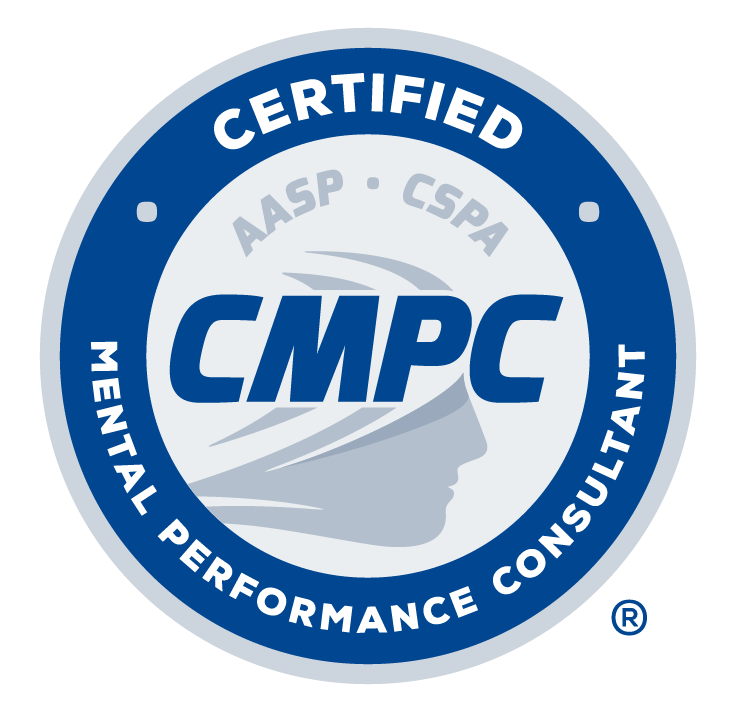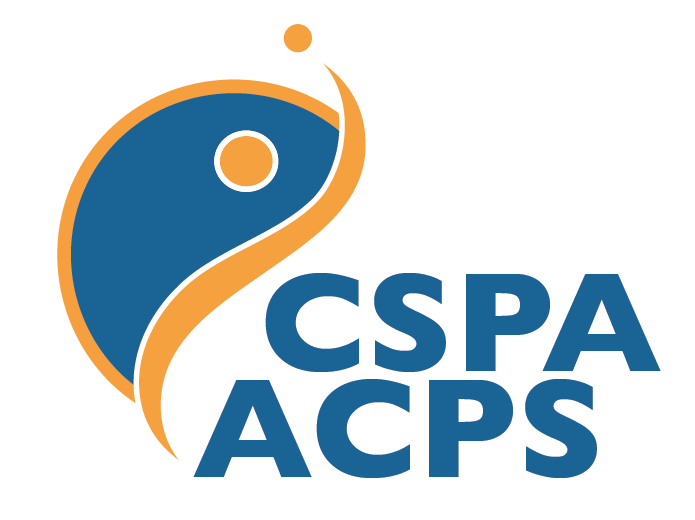2009 Grant Recipient: Psychosocial Development in College Students: A Cross-Sectional Comparison Between Athletes and Non-Athletes
Sarah Skopek, American University, & Amanda Visek, George Washington University
Empirical research findings suggest that the college environment promotes intellectual advancement and occupational preparation, as well as the development of psychosocial strengths such as self-awareness, interpersonal skills, morality, and general health and well-being (Arnett, 2000; Pascarella & Terenzini, 2005). However, all students do not experience college in this same way, nor do they all reap the same benefits (King, 1994; Montgomery & Côté, 2003). For example, college student-athletes must manage the developmental challenges and stressors that all college students face, in addition to those imposed by the requirements and expectations of their athletic departments, coaches, teammates, and the NCAA. Although sport participation has the potential to promote the development of psychosocial skills (Potuto, 2007; Wright & Côté, 2003), evidence suggests that Division I intercollegiate athletic competition may interfere with students’ adjustment to college (Downey, 2005), and with their transition out of college (Martens & Cox, 2000). Therefore, the purpose of this study was to examine differences in psychosocial development between varsity student-athletes (n = 235) and non-athlete students (n =154) enrolled at Division I universities; post-hoc, recreational student-athletes (n = 59) were included as a third comparison group. Male (n = 195) and female (n = 253) freshmen, sophomores, juniors, and seniors (N = 448) responded to measures of demographic information, psychosocial skills, athletic identity, parental and peer attachment, hyper-competitiveness, and depressive symptoms. MANOVA results indicated small to moderate, statistically significant differences in the reported psychosocial skills of varsity student-athletes, recreational student-athletes, and non-athlete students (F (12, 864) = 13.50, p < .001, η2 = .158). Specifically, compared to non-athlete students, recreational student-athletes reported greater problem-solving (F (2, 436) = 3.76, p = .024, 2 = .017); varsity and recreational student-athletes reported greater health maintenance (F (2, 436) = 44.76, p < .001, η2 = .170) and greater hyper-competitiveness (F (2, 436) = 15.09, p < .001, 2 = .065); and varsity and recreational student-athletes reported fewer depressive symptoms (F (2, 436) = 6.41, p = .002, 2 = .029). Findings are discussed in the context of participants’ athletic identity, gender, and parental and peer attachment patterns. Theoretical approaches to college students’ psychosocial development are also addressed.




